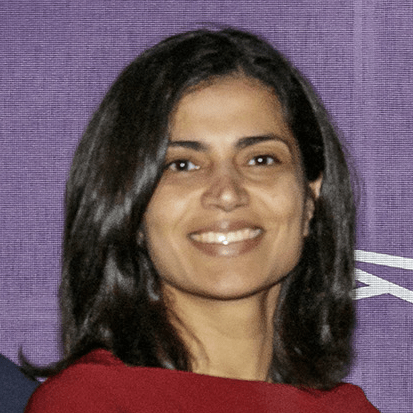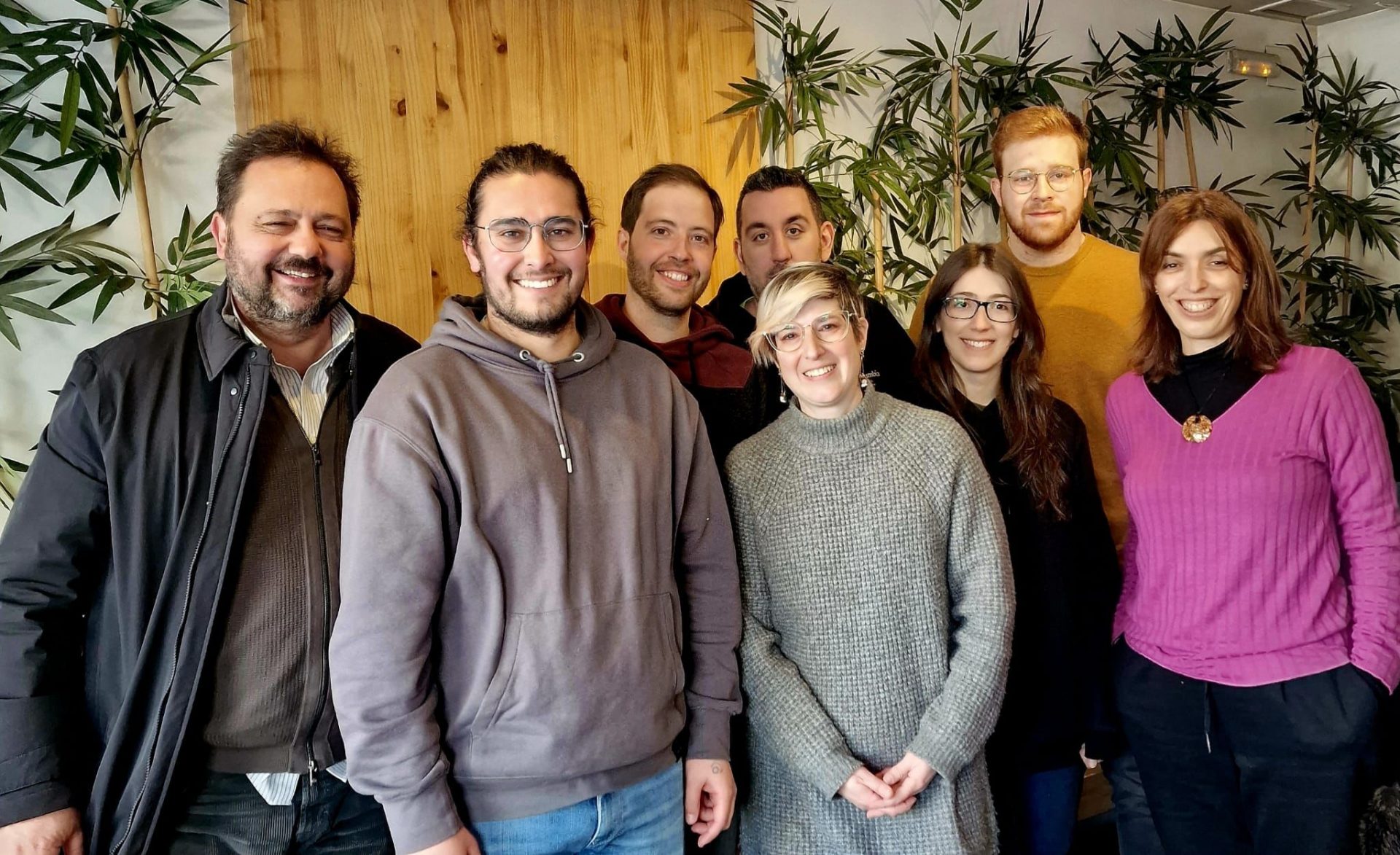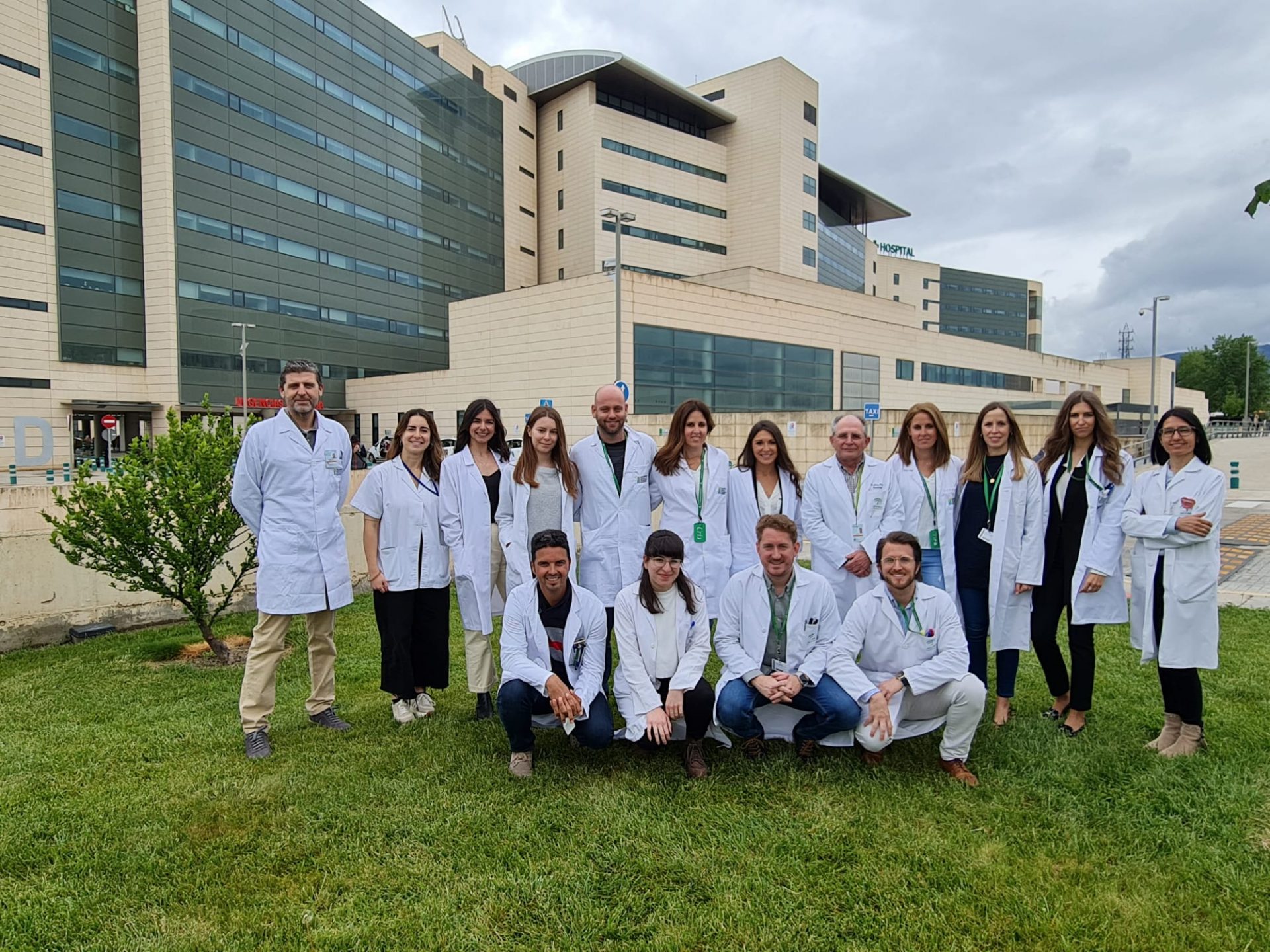
Researchers from the Universities of Granada and Almeria have created new free software, available free of charge, that detects whales at sea and counts them more accurately and cheaply than other methodologies currently used. The new system aims to contribute to the evaluation of cetacean populations to guide the activities of those organisations and institutions devoted to defending and protecting nature
Researchers from the Universities of Granada and Almeria have created a system based on artificial intelligence for detecting and counting whales at sea. The application is more accurate and economical than other models used to date, and it is free of charge to all those involved in the protection of cetaceans and other at-risk species such as seals, sea lions, and penguins.
The proposed method consists of employing artificial intelligence to solve problems associated with biodiversity conservation. In a recent article entitled ‘Whale counting in satellite and aerial images with deep learning’—published by the journal Scientific Reports, part of the Nature group—the researchers explain the use of this ‘deep learning’ technique. It is based on a series of machine learning algorithms that use an architecture known as deep convolutional neural networks. These artificial algorithms and neurons work very similarly to the human visual cortex. This means they have the ability to learn and automatically differentiate objects (based on a large number of images), make correct predictions about new ones, and then process the new information they generate as feedback.
The layers of deep convolutional neural networks are able to learn very complex characteristics by increasing the amount of information that can be processed while reducing the difficulty of the systems involved. Using these algorithms, the application learns autonomously from a previous data-set. Thus, after loading a first set of images in which the objects to be recognised are indicated, the system generates a learning process that can reproduce when fed new data. It is also able to rule out ‘false positives’ in successive analyses, once it has registered the first occurrence.
The approach developed through this research provides a more accurate count of cetaceans from satellite photographs. First, the application recognises the whales in a set of images, discounting other objects such as ships, icebergs, or sea foam. It then counts the number of instances it recognises. The tests carried out in the study, using free images taken from Google Earth, achieved results that were 36% more accurate than other methods—as high as an 81% success rate in detection and 94% in counting. “The application is also able to recognise different whale postures and differentiate whether they are submerged, at rest, or expelling air through their blowholes,” explains UGR researcher Siham Tabik, one of the authors of the article.
Automatic satellite sighting
The scientists’ aim with this project is to expand know-how regarding the distribution, migration, and number of whale specimens, to contribute to improved preservation practices. One of the causes of poor knowledge about these cetaceans is the detection methods used, which typically involve making sightings from ships or airplanes, sound measurements, or high-resolution satellite images. “All these methods are extremely costly, require intensive manual work, and are affected by external factors, such as poor weather conditions. In addition, they struggle with the fact that whales can easily be confused with other objects, such as rocks, boats, and sea foam on the waves,” adds Marga Rivas, another of the authors of the study.
The new system enables whales to be detected and counted automatically, taking into account all these factors from databases, artificial intelligence tools, and open and free satellite images. In their study, the experts successfully improved the accuracy of the methods of detection of cetaceans, using free photographs taken from Google Earth, and have tested the system in the ten ocean locations with the greatest whale presence.
Some issues on the new system do require further improvement, but these can be corrected over time. For example, there are still no complete data-sets based on high-quality images with which to train convolutional neural networks. Despite this, the study provides three sets of information that ensure a sound level of learning, with 2,100 images of whales, icebergs, and boats. In addition, it provides another set of images for testing, consisting of 13,348 images of these ten critical locations.
Emilio Guirado, Domingo Alcaraz-Segura, and Francisco Herrera, who make up the research group, reflect: “The data obtained would improve considerably if an even greater number of high-resolution photographs were accessible. The conservation of these cetaceans would benefit if access to the images were freely available, and free of charge, for biodiversity conservation purposes, just as is the case after natural or humanitarian disasters.”
The researchers propose the system be expanded by increasing its recognition capacity for other smaller cetaceans, such as belugas, and making the application available to the community for use and improvement in the Github archive (https://github.com/EGuirado/CNN-Whales-from-Space).
The work has been financed through the ‘Glocharid’ projects of the Andalusian Centre for the Evaluation and Monitoring of Global Change of the Junta de Andalucía, ‘Smart-Dasci: Models of data science and computational intelligence: Building the bridge between big data and smart data’ of the Ministry of Science, Innovation and Universities, ‘LIFE ADAPTAMED’ of the European Union, and as part of the ‘GEOBON’ initiative, Biodiversity Observation Network.
Bibliography:
Emilio Guirado, Siham Tabik, Marga L. Rivas, Domingo Alcaraz-Segura, and Francisco Herrera, ‘Whale counting in satellite and aerial images with deep learning’, Scientific Reports 9(1), 1–2, 2019.

Media enquiries:
Siham Tabik
Department of Computer Science and Artificial Intelligence, University of Granada
Email: @email
Francisco Herrera Triguero
Department of Computer Science and Artificial Intelligence, University of Granada
Tel.: +34 958 240598
Email: herrera@decsai.ugr.es



